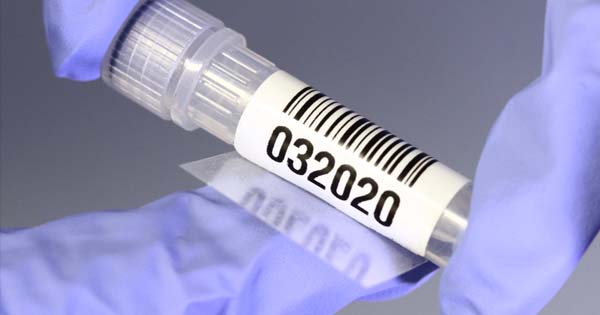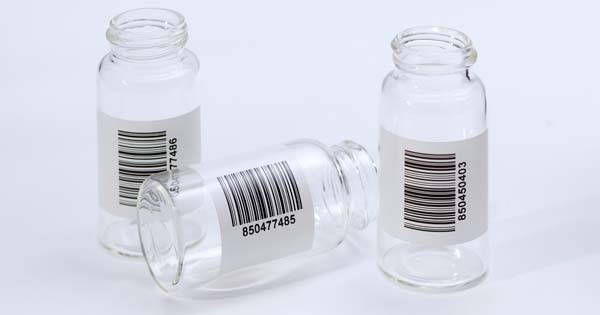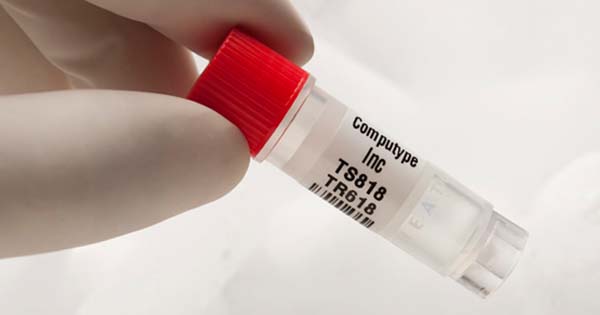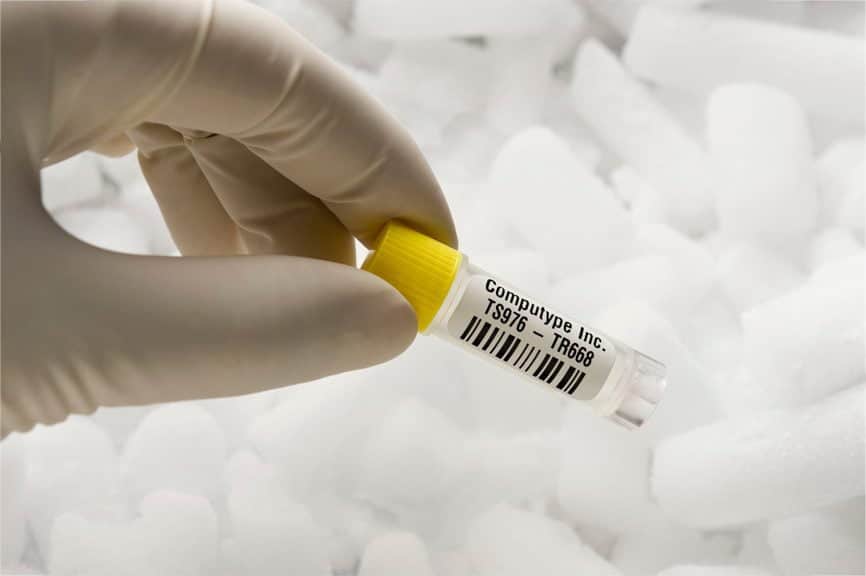Cryogenic storage labels are an everyday necessity for sample management across the healthcare industry, as many samples require cryogenic storage, which are extremely cold temperatures and harsh chemical exposure.
Typical paper labels may come to mind when you consider price. Still, those are not well suited for cryogenic applications, which require specialized materials and adhesives that are explicitly engineered to withstand these environments.
Computype is an established provider of cryogenic-resistant labels, and we are often asked: “Why are cryo labels more costly than regular paper labels?”
Some people do not know how harsh cryogenic environments and storage facilities are; a simple paper label will not stay intact or maintain sample accuracy. In this article, we will highlight four things to consider regarding the price tag of your cryo labels:
1. They are not always a stocked product
Typically, cryo and freezer labels are kept out of stock label inventory. This is because every application is a little different, and it takes a lot of time and effort to engineer cryo-resistant labels that can withstand these harsh environments. Cryo and freezer labels are made with uniquely engineered adhesive and face stock combinations, so keeping them in stock is not always an option. This means that most cryo labels are made to order and cost a little more.
While cryogenic storage labels are not typically a stocked product, some label manufacturers, like Computype, will keep standard-sized cryo labels in their inventory. Cryo labels often require custom materials and sizes, but this is only sometimes the case.

2. They are often sold in smaller quantities
As a supplier of labels to the healthcare industry, we don’t often see cryo labels sold in high quantities. Companies that need cryogenic-resistant labels typically know how many they need on a project-by-project basis and want to order quantities that closely match demand. Cryo and freezer labels are usually sold in laboratory settings, where quantities are lower, and each sample needs proper handling and care.
Labels for these applications differ from shipping or packaging labels, where you may use hundreds of thousands per day. Cryogenic applications are typically of smaller quantities and have less frequent changeovers, affecting the buying economics.
3. Engineering time and resources dedicated to making them work
A significant factor in the price of a customized cryo label is the amount of engineering that makes these labels functional and usable for harsh environments. The quality of the labels needs to be high, and there is an expectation that the labels will stand up to the environments they encounter.
The engineering aspect of customized cryogenic-resistant labels is imperative, as ‘normal’ labels are not made to handle environments this extreme. This requires significant amounts of testing to ensure the product will work within your specified conditions. There are a lot of environmental factors that cryo labels have to withstand beyond just cold temperatures: conditions like thawing and freezing cycles, frost, exposure to liquid nitrogen, and temperatures ranging from ambient to -196°C. This also ties back to the customization factor of the price point. The engineering work that goes into making this a seamless process is time-consuming and challenging.


4. They’re made from unique materials
The component materials needed to create cryo-resistant labels also might cost more. As mentioned, cryo-resistant labels are not paper labels for standard applications; they are made of synthetic material. This material allows the label to stay intact when under the stress of harsh temperatures or chemicals. If these labels were made of the same materials used to create paper labels, they would crack, fold, break, and become illegible in cryogenic or freezer environments.
It is important to note how much work goes into making a label that can be used in such harsh applications. As a cryo and freezer label manufacturer, we continue to invest time and resources to perfect the science of keeping a label perfectly scannable and intact in extremely cold environments.
After reading this article, you will better understand the unique aspects of cryo labels that differentiate them from your typical paper or shipping labels. Cryo labels are specially designed to endure harsh environments and have to be engineered and tested, sometimes requiring various iterations and changes.
